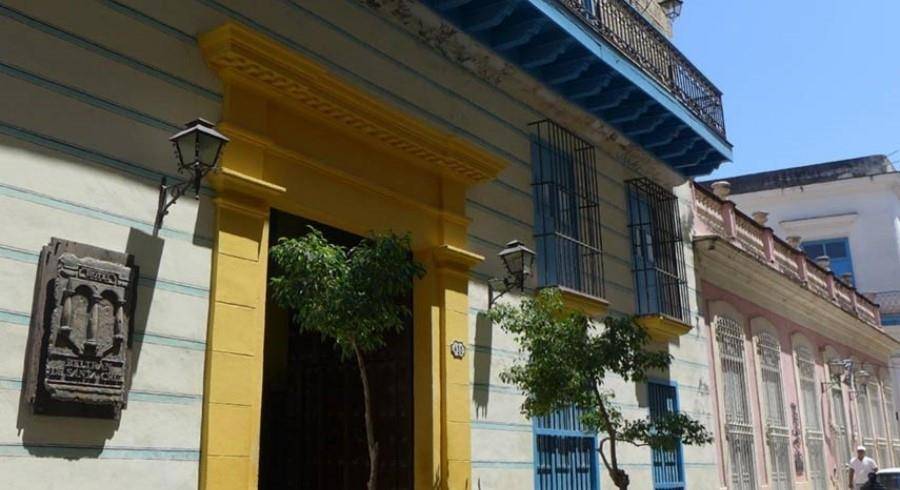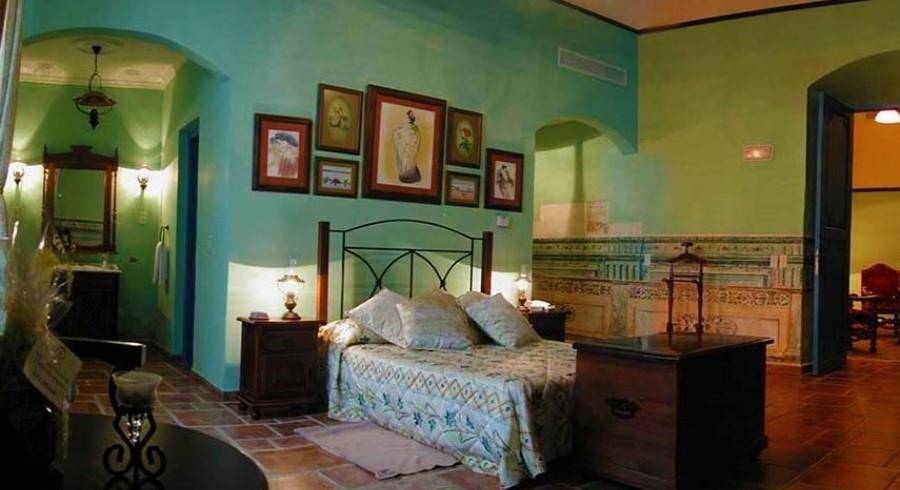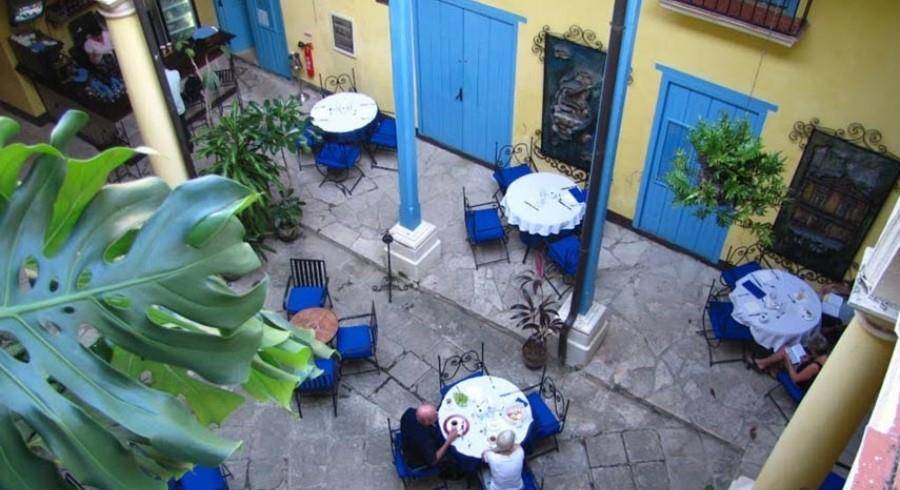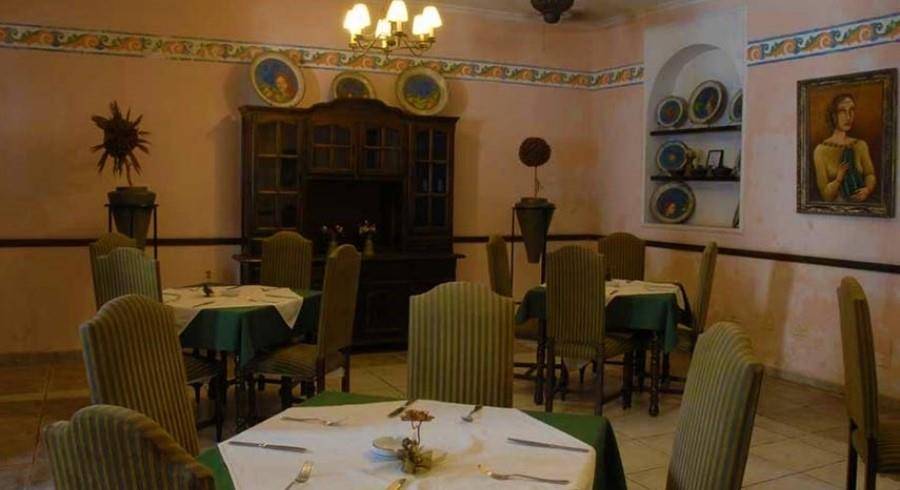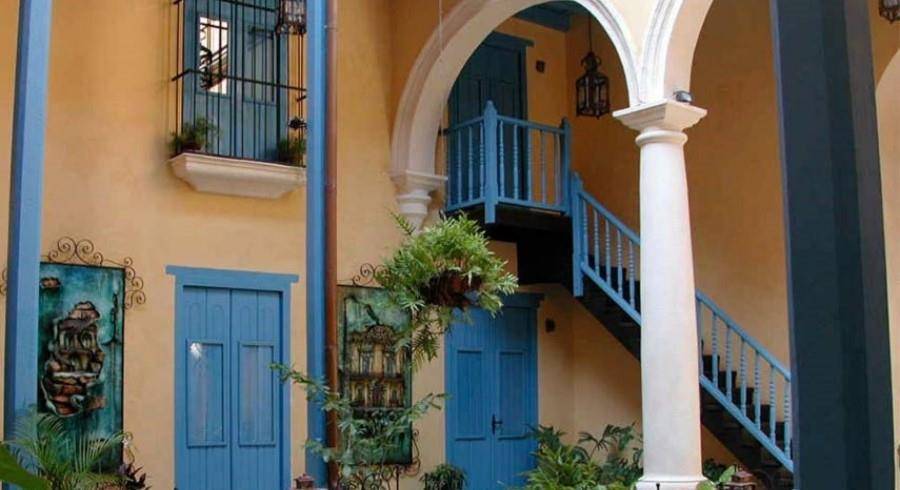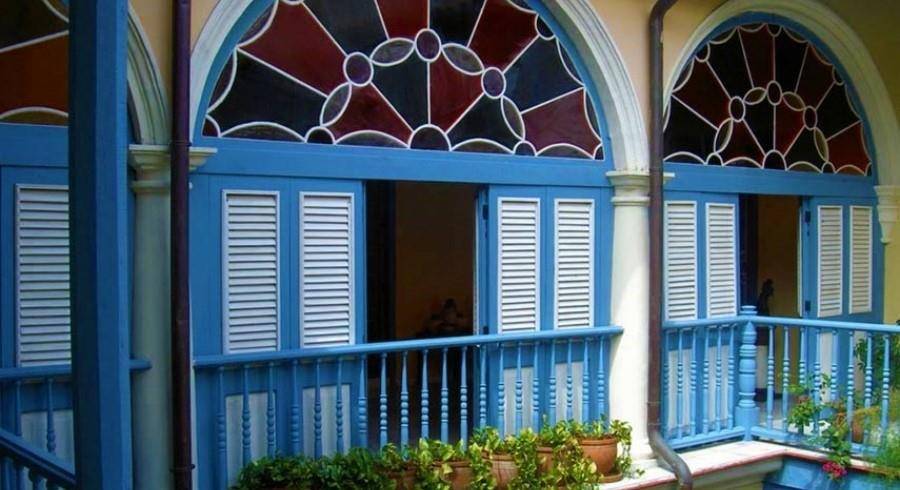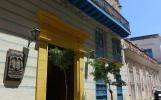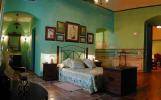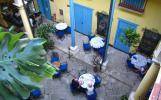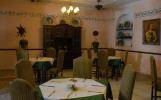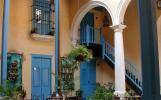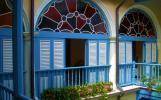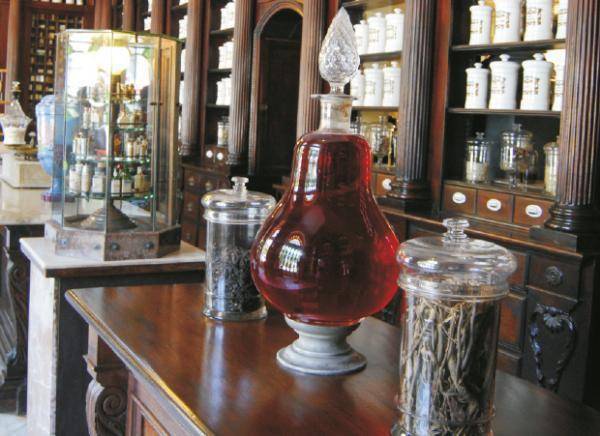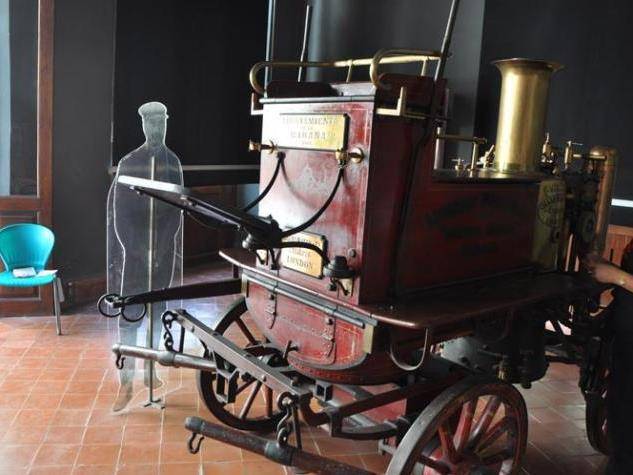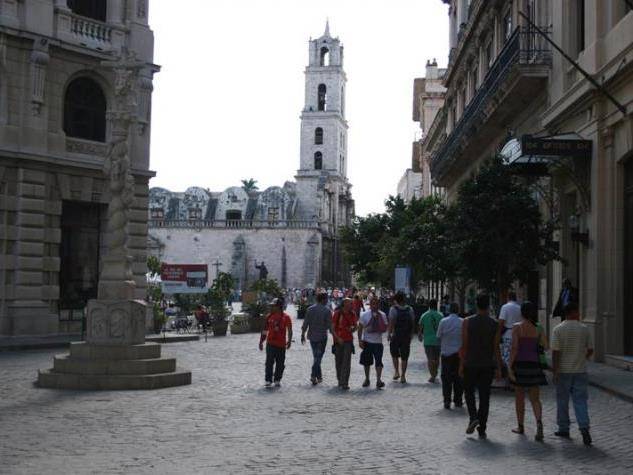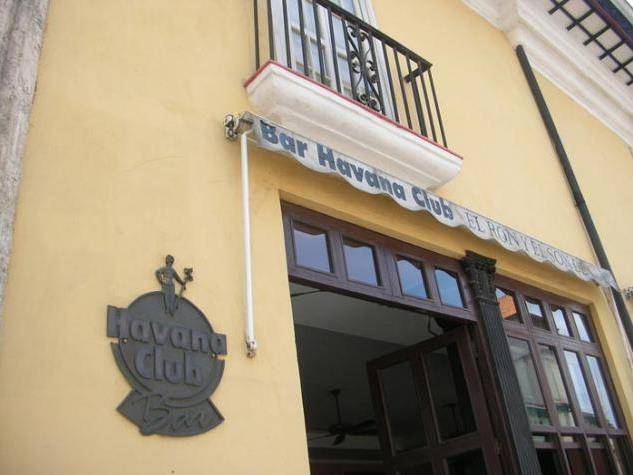
Rum Museum
Discover part of the Cuban culture throught the history of Havana Club, the Cuban Rum, and its elaboration stages. It is not necessary to drink alcohol to enjoy this wonderful museum, because by visiting it you’ll still be able to delve into Cuban culture. This museum offers an interesting guided tour exhibiting the complex rum-making process in old machines. This tour is available in Spanish, English, French, German and Italian. It explains the entire process, from the manufacturing white oak barrels to the rum’s fermentation and ageing process, as well as a scale-model copy of a sugar mill. Ticket price includes a tasting to finish the tour in an attractive bar, where you will be able to taste also a wide variety of typical cuban cocktails, with traditional Cuban music from the 30’s in a cozy early 20th century atmosphere. The museum also contains a shop store.

